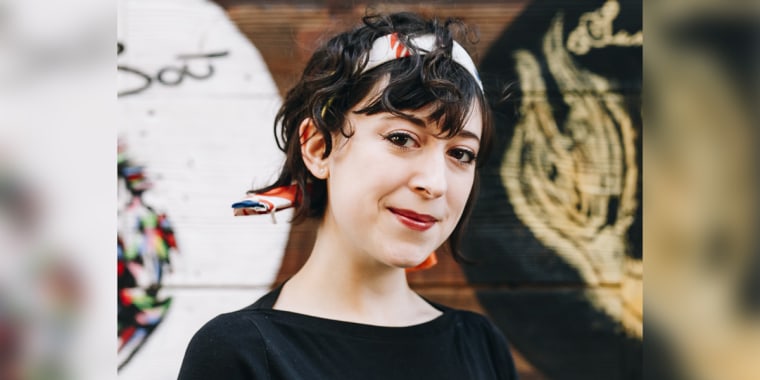With great precision and focus, Oona Tempest cuts and de-bones fresh, seasonal fish every day. Currently, mackerel, silverfish, sardines and whitefish are some of the offerings. She then prepares omakase for her patrons; meaning, she pre-selects the 90-minute, 15-course meal so her guests don’t have to.
Yes, it’s rare to see a woman behind the sushi bar. But, Oona Tempest never paid attention to that.
“It did surprise me to learn that there weren't a lot of women doing this,” Tempest told Know Your Value. “[But] I didn't think about it much.”
That feeling of disregard for gender norms and her superior skills has taken Tempest to unprecedented heights in the male-dominated sushi world.
In 2016, after studying under Japanese master chef Toshio Oguma, Tempest was named in Zagat’s Top 30 Chefs Under 30 when she was just 23 years old. And in spring this year, Tempest opened a new Manhattan location for her restaurant called Sushi by Bae, one of New York City’s only female sushi chef-run restaurants.
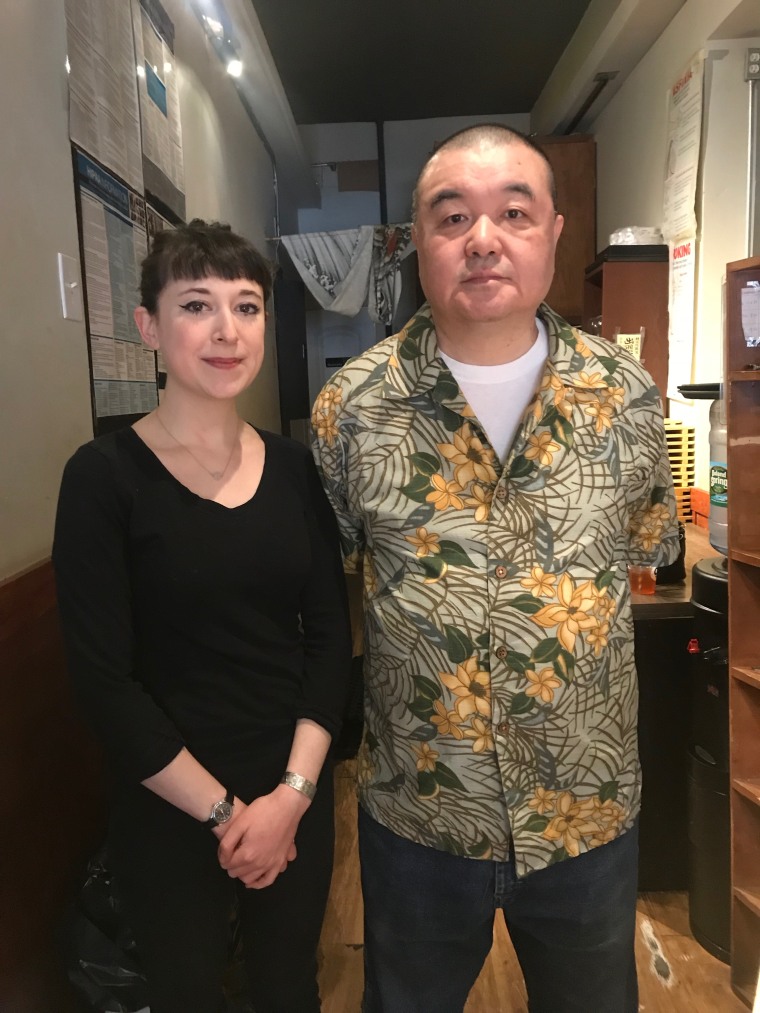
Tempest’s interest in fish started young while growing up in a coastal town in Massachusetts.
“I was around the ocean a lot growing up, and would spend a lot of time by the sea,” Tempest said. “That environment definitely made a big impression on me growing up. So I was very interested in marine biology and marine science ... [There] was an initial love for all things aquatic.”
Her father loved to fish, but died of cancer when Tempest was young. Her mother was her sole caretaker.
“I saw her being both male and female in what she had to do to raise me,” said Tempest. “It never really crossed my mind that I couldn't do something just because I was a girl.”
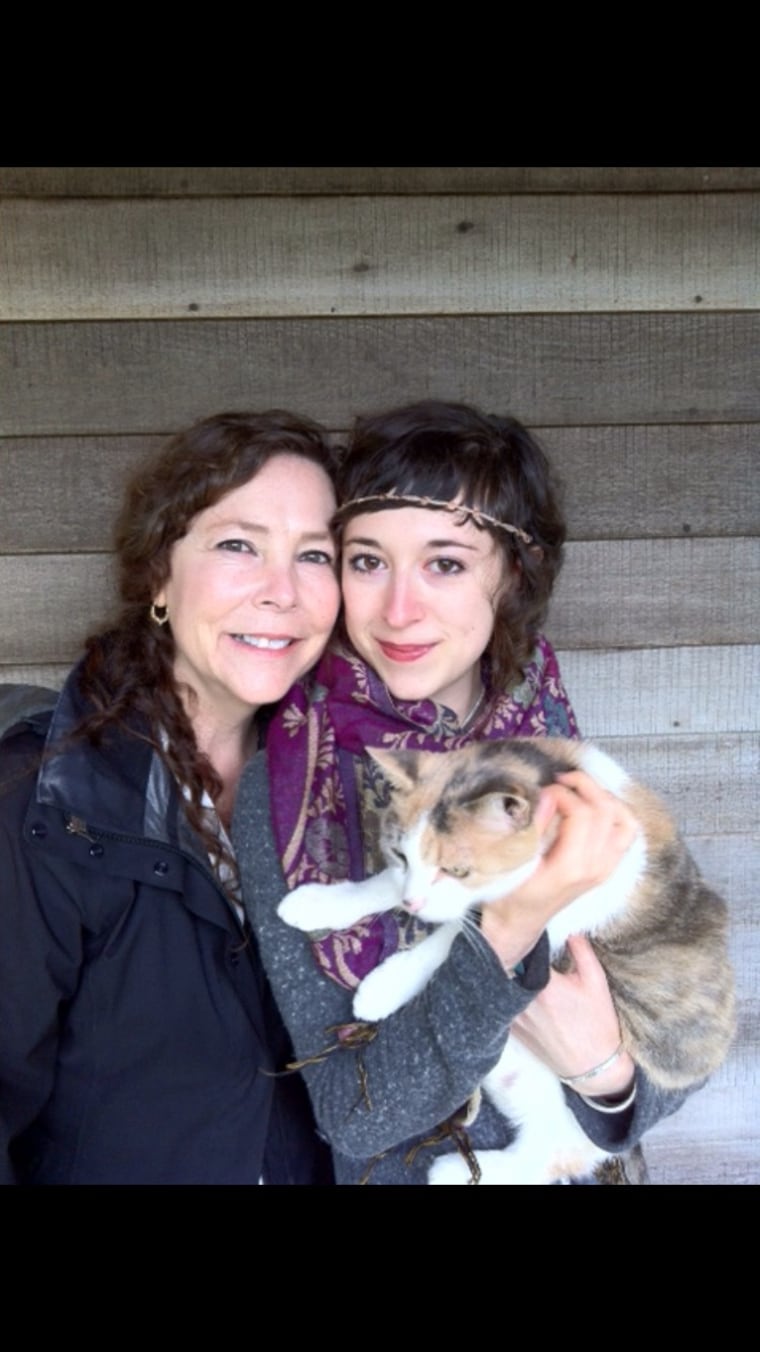
There were no sushi restaurants in her town, but Tempest enjoyed creating art, including pen and ink drawings, photography watercolor paintings and more.
From 2010 to 2014, she attended the School of Visual Arts in New York to pursue her artistic dreams. To make ends meet, she worked as a waitress in Tanoshi Sushi, a renowned Upper East Side restaurant. The owner was legendary Japanese sushi master chef, Toshio Oguma. Watching his mastery inspired Tempest to take sushi beyond waitressing.
“He was a brilliant person, but also very intimidating,” said Tempest. “He was very, very strict, like don't get me wrong, he was very, very serious … But he didn't mind hiring anyone of any race or any gender as long as they had a certain level of diligence and dedication.”
Under his tutelage, Tempest learned how to make sushi, how to source seasonal fish, and hardest of all: how to cut and de-bone fish with accuracy. She spent all of her free time researching and reading books on Japanese marine life.
“When I was training with Toshio-san, I pretty much did not see any of my friends for a couple of years,” said Tempest. “I got to work, I got to rest, I got to work, I got to rest ... But I was really happy doing it.”
According to Trevor Corson, author of “The Story of Sushi,” Tempest’s rigorous education with an apprentice/master setup comes from a tradition that goes back hundreds of years. It has fallen out of fashion in favor of a more fast-food vibe, but it’s coming back in high-end restaurants in cities like New York. Corson said that Tempest’s journey is refreshing, not only because she is keeping the tradition alive, but because she’s smashing gender norms.
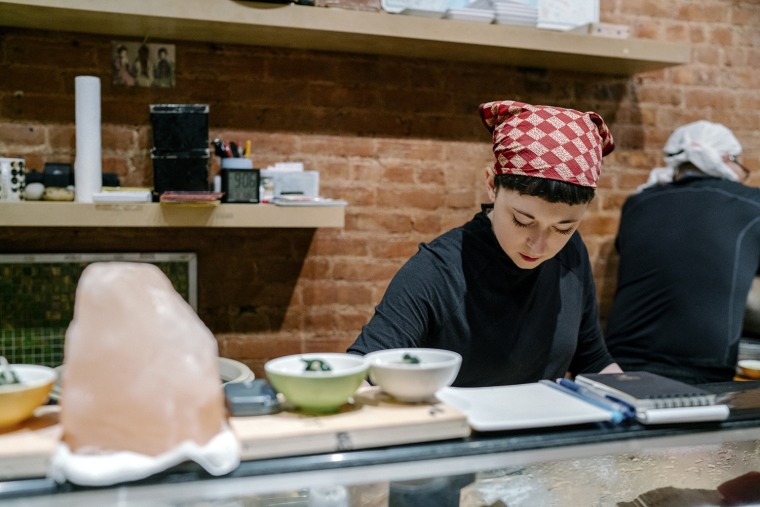
“The most common things you would hear in Japan was that women didn’t have the athletic reflexes to do the knife work,” he said. “One of the funniest ones was that women’s hands were too hot to cook the fish because they're emotional. Actually, it’s the other way around. Men’s hands tend to be hotter.”
Times are changing, slowly. According to Sashiko Goto, principal of the Tokyo Sushi Academy, women are slowly rising the ranks. This year’s graduating class was made of 27 percent women, which is up by only 7 percent from 18 years ago. Goto, who is also a sushi chef, is a proponent of gender diversity in the patriarchal sushi world.
“Women are increasing, gently,” she said in an email to Know Your Value.
Many of her students try to work in foreign countries, but they have trouble securing visas, Soto said. Women still endure ridicule in Japan for wanting to be sushi chefs, far more than in other countries like the United States.

According to Corson, it’s common for people to learn from masters outside of Japan like Tempest.
“There’s this kind of idea we've developed in the U.S. that sushi chefs should be these stern authoritarian Japanese men,” he said. “It’s stereotype and it's not what the sushi experience is about. It’s one version of it, but we are seeing a growing diversity in sushi chefs in styles and types.”
Tempest worked in two other major New York sushi restaurants and honed her craft. In 2017, she launched her acclaimed pop-up Sushi By Bae in tandem with partners at Sushi By Bou, a restaurant with seven locations.
“We ended up opening up the first Sushi by Bae and Sushi by Bou ...This tiny little space next to some fried chicken and some burgers and we were in this little market,” Tempest recalled. “I had no idea of what to expect, I just threw myself into it ... and it ended up kind of taking off.”
The pop-up was so successful that she started dreaming of a permanent location. Sushi had become her new artistic medium.
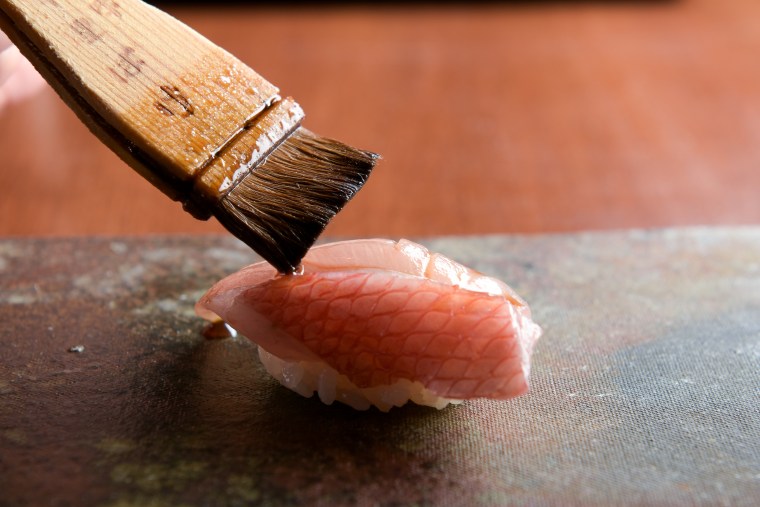
“I was creating a feeling for someone else. It wasn't just like I was making a piece of sushi and someone was eating it, but I was making a piece of sushi, and maybe we'd say we'd share a glass of sake,” she said. “That was a big part of why I got so involved in my career. It was definitely confidence-building.”
This spring, she moved to her to Union Square space, which features six seats around the intimate bar. The vibe is “whiskey library,” as Tempest put it: a casual atmosphere, a craft cocktail menu and lots of books.
“Things are happening and I'm here and that's incredible to me,” Tempest said. “It was a dream that I had but I didn't think would materialize until maybe 10 more years from now. So I feel very lucky to have this space and this opportunity right now.”
Tempest’s mentor Oguma passed away last year after battling stomach cancer. Tempest was devastated, and although she plans to continue refining her skills based on his teachings, she doesn’t feel like she can compare herself to him just yet.
“I don't like to call myself a chef. My mentor was a chef and he had 40-plus years of experience on him. I still feel like I'm too new to really give myself that title, especially knowing the level of skill that he was at,” she said. “I have big shoes to fill.”
